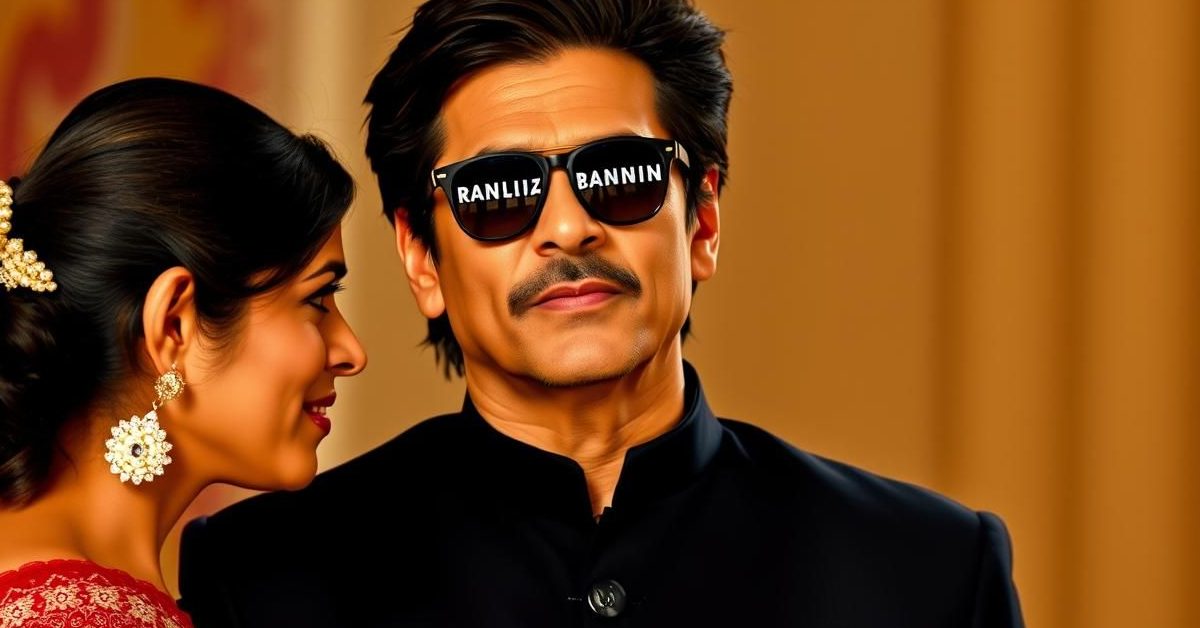Ten years ago today, SS Rajamouli’s groundbreaking film, Baahubali: The Beginning, forever changed Indian cinema, breaking box office records and captivating an entire nation with one burning question: “Why did Kattappa kill Baahubali?”
The Cliffhanger That Gripped a Nation
While many elements contributed to Baahubali’s phenomenal success, the masterful writing by V Vijayendra Prasad and SS Rajamouli truly stood out. They crafted an epic actioner that culminated in one of Indian cinema’s most iconic cliffhangers.
The film concludes with Karikala Kattappa Nadar (Sathyaraj), mentor and confidant to Amarendra Baahubali (Prabhas), shockingly confessing to Baahubali’s son, Sivudu (also Prabhas), that he himself committed the murder. This revelation, combined with the powerful visual of Amarendra being stabbed in the back, left audiences in collective shock and desperate for answers.
From PM Modi to Public Debate
The question, “Why did Kattappa kill Baahubali?” resonated so deeply that it became a national obsession, even finding a mention from Prime Minister Narendra Modi. During a 2017 election rally, he referenced the film, showcasing its widespread cultural impact.
Interestingly, Prabhas once shared that the ending initially received “bad talk” from Telugu audiences, who found the sudden twist and abrupt cut jarring. However, this initial skepticism quickly transformed into nationwide anticipation, turning the film into a record-breaking sensation and setting the stage for its even more successful sequel, Baahubali 2: The Conclusion.
Crafting a Cinematic Phenomenon
Baahubali wasn’t just about the cliffhanger; it was a blend of stunning VFX, intricate action choreography, grand production design, compelling performances, and memorable music by MM Keeravani. The film showcased how to execute a serialized franchise effectively, making audiences genuinely yearn for the next installment rather than forcing it upon them.
The “Pan-India” Revolution
The impact of Baahubali was so profound that it introduced the term “pan-India” into the film industry’s vocabulary, describing commercial films with widespread appeal across various regions. After its global success, many filmmakers attempted to replicate its formula, designing mammoth projects envisioned as multi-part franchises.
However, what many imitators failed to understand was Baahubali’s core strength: its organically rich story. Rajamouli and Vijayendra Prasad genuinely had enough material to justify splitting the narrative into two parts, ensuring both films felt complete and necessary. In contrast, many subsequent “pan-India” projects often stretched thin stories into multiple parts, lacking the genuine depth that made Baahubali such a monumental success.
- Baahubali: The Beginning celebrated 10 years, having redefined Indian cinema.
- The film’s iconic cliffhanger, “Why did Kattappa kill Baahubali?”, became a national phenomenon.
- It pioneered the “pan-India” film movement in Indian cinema.
- Its success stemmed from strong, organic storytelling, unlike many subsequent imitations.
Baahubali’s legacy endures, not just for its box office numbers, but for its groundbreaking narrative structure and its ability to unite a diverse audience under one captivating mystery, setting a new benchmark for cinematic storytelling.















